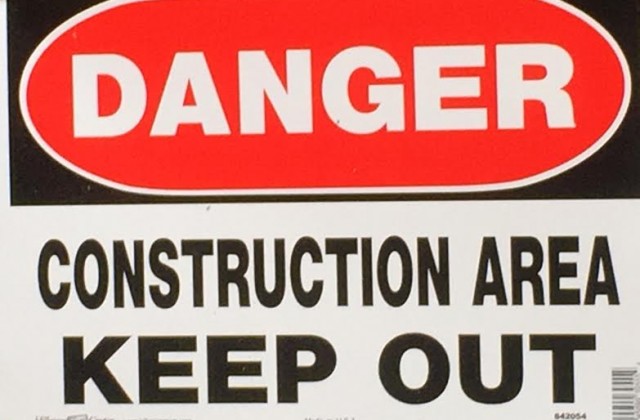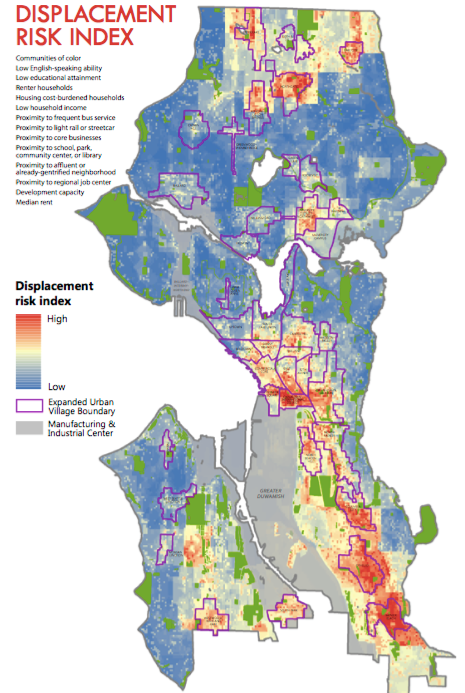Herbold’s New Red Line: Why Make it Harder to Build in Poor Neighborhoods?
Councilmember Lisa Herbold’s amendment to the framework for Mandatory Inclusionary Zoning sends a bizarre signal to the housing market: don’t build housing in poor neighborhoods. We’ve already said over and over again that Mandatory Incentive Zoning (MIZ) adds costs and delays to the production of housing with fees and inclusion requirements. Those costs, imposed to create a few units of subsidized housing, will end up pushing up all other housing prices. And simply put, when you add fees or taxes to something, like smoking for example, it’s often because you want less of it. Think of my cap and trade analogy. But why would we want to make it hard to build in neighborhoods that have the following characteristics?
Communities of color
Low English-speaking ability
Low educational attainment
Renter households
Housing cost-burdened households
Low household income
Those are the measures used to develop what the City called its Displacement Risk Index. Other factors that are blended together to create the index are being too far or distant from
Frequent bus service
light rail or streetcar
Core businesses
School, park, community center, or library
An affluent or already gentrified neighborhood
A regional job center
Here’s a map showing in red where these “at risk” neighborhoods are:
What Herbold’s amendment does if implemented will be to raise barriers for new housing construction in these very places that would benefit from it the most in the name of preserving existing low price housing. But think about that for a second. By making it more expensive to build in these areas developers will naturally avoid them. After all, the rents are lower there and returns will be harder to make, especially with MIZ fees and Herbold’s add on for being “at risk.”
While this might stop building cold in these neighborhoods, it also will stop other investments in infrastructure and businesses. But when housing demand does start finding it’s way to these places, and housing production does begin, it’s going to be even more expensive to pay for the fees or inclusion. So in the very places that would benefit most from new investment in housing and all the goods that come with it, we’re discouraging development; when that development does happen it will be very expensive housing.
Nothing makes sense about MIZ, raising housing prices in the name of affordability, nor does this Displacement Index Penalty (let’s call it DIP for short). All DIP does is delay more of a good thing in these neighborhoods in the name of keeping people in place but in places that are by the City’s definition, bad places. And we already know that displacement isn’t happening anyway or certainly not the way that it has been talked about. I’ll post this chart again to make that point.
What Herbold’s amendment does is draw a new red line around poorer neighborhoods and puts a “Keep Out” sign in front of them. It yet more well intentioned but horrible housing policy that will make life worse for the people its intended to help.




